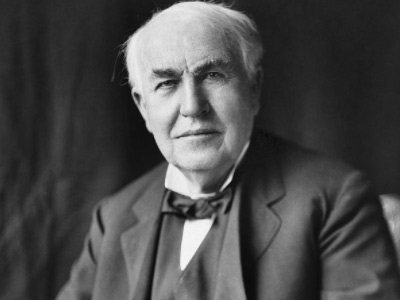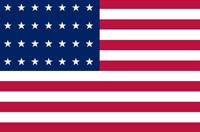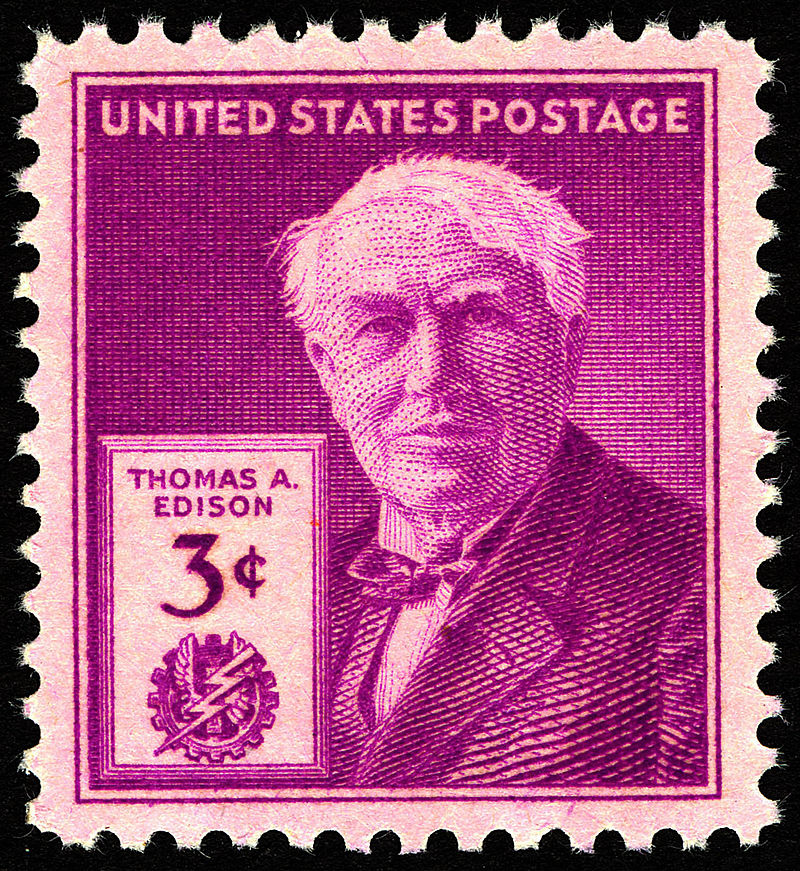Thomas Edison (1847-1931)
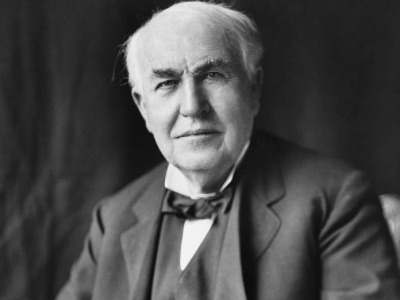
Research and Development Facility
Edison's major innovation was the establishment of an industrial research lab. It was built in Menlo Park, a part of Raritan Township, Middlesex County, New Jersey (today named Edison in his honor), with the funds from the sale of Edison's quadruplex telegraph. After his demonstration of the telegraph, Edison was not sure that his original plan to sell it for $4,000 to $5,000 was right, so he asked Western Union to make a bid. He was surprised to hear them offer $10,000 ($211,700 in today's dollars.), which he gratefully accepted. The quadruplex telegraph was Edison's first big financial success, and Menlo Park became the first institution set up with the specific purpose of producing constant technological innovation and improvement. Edison was legally attributed with most of the inventions produced there, though many employees carried out research and development under his direction. His staff was generally told to carry out his directions in conducting research, and he drove them hard to produce results.
William Joseph Hammer, a consulting electrical engineer, started working for Edison and began his duties as a laboratory assistant in December 1879. He assisted in experiments on the telephone, phonograph, electric railway, iron ore separator, electric lighting, and other developing inventions. However, Hammer worked primarily on the incandescent electric lamp and was put in charge of tests and records on that device. In 1880, he was appointed chief engineer of the Edison Lamp Works. In his first year, the plant under General Manager Francis Robbins Upton turned out 50,000 lamps. According to Edison, Hammer was "a pioneer of incandescent electric lighting". Frank J. Sprague, a competent mathematician and former naval officer, was recruited by Edward H. Johnson and joined the Edison organization in 1883. One of Sprague's contributions to the Edison Laboratory at Menlo Park was to expand Edison's mathematical methods. Despite the common belief that Edison did not use mathematics, analysis of his notebooks reveal that he was an astute user of mathematical analysis conducted by his assistants such as Francis Robbins Upton, for example, determining the critical parameters of his electric lighting system including lamp resistance by an analysis of Ohm's Law, Joule's Law and economics.
Nearly all of Edison's patents were utility patents, which were protected for a 17-year period and included inventions or processes that are electrical, mechanical, or chemical in nature. About a dozen were design patents, which protect an ornamental design for up to a 14-year period. As in most patents, the inventions he described were improvements over prior art. The phonograph patent, in contrast, was unprecedented as describing the first device to record and reproduce sounds.
In just over a decade, Edison's Menlo Park laboratory had expanded to occupy two city blocks. Edison said he wanted the lab to have "a stock of almost every conceivable material". A newspaper article printed in 1887 reveals the seriousness of his claim, stating the lab contained "eight thousand kinds of chemicals, every kind of screw made, every size of needle, every kind of cord or wire, hair of humans, horses, hogs, cows, rabbits, goats, minx, camels ... silk in every texture, cocoons, various kinds of hoofs, shark's teeth, deer horns, tortoise shell ... cork, resin, varnish and oil, ostrich feathers, a peacock's tail, jet, amber, rubber, all ores ..." and the list goes on.
Over his desk, Edison displayed a placard with Sir Joshua Reynolds' famous quotation: "There is no expedient to which a man will not resort to avoid the real labor of thinking." This slogan was reputedly posted at several other locations throughout the facility.
With Menlo Park, Edison had created the first industrial laboratory concerned with creating knowledge and then controlling its application. Edison's name is registered on 1,093 patents.
HISTORY
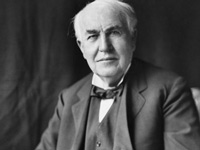
RESOURCES
This article uses material from the Wikipedia article "Thomas Edison (1847-1931)", which is released under the Creative Commons Attribution-Share-Alike License 3.0.
© Stories Preschool. All Rights Reserved.
